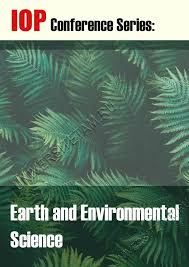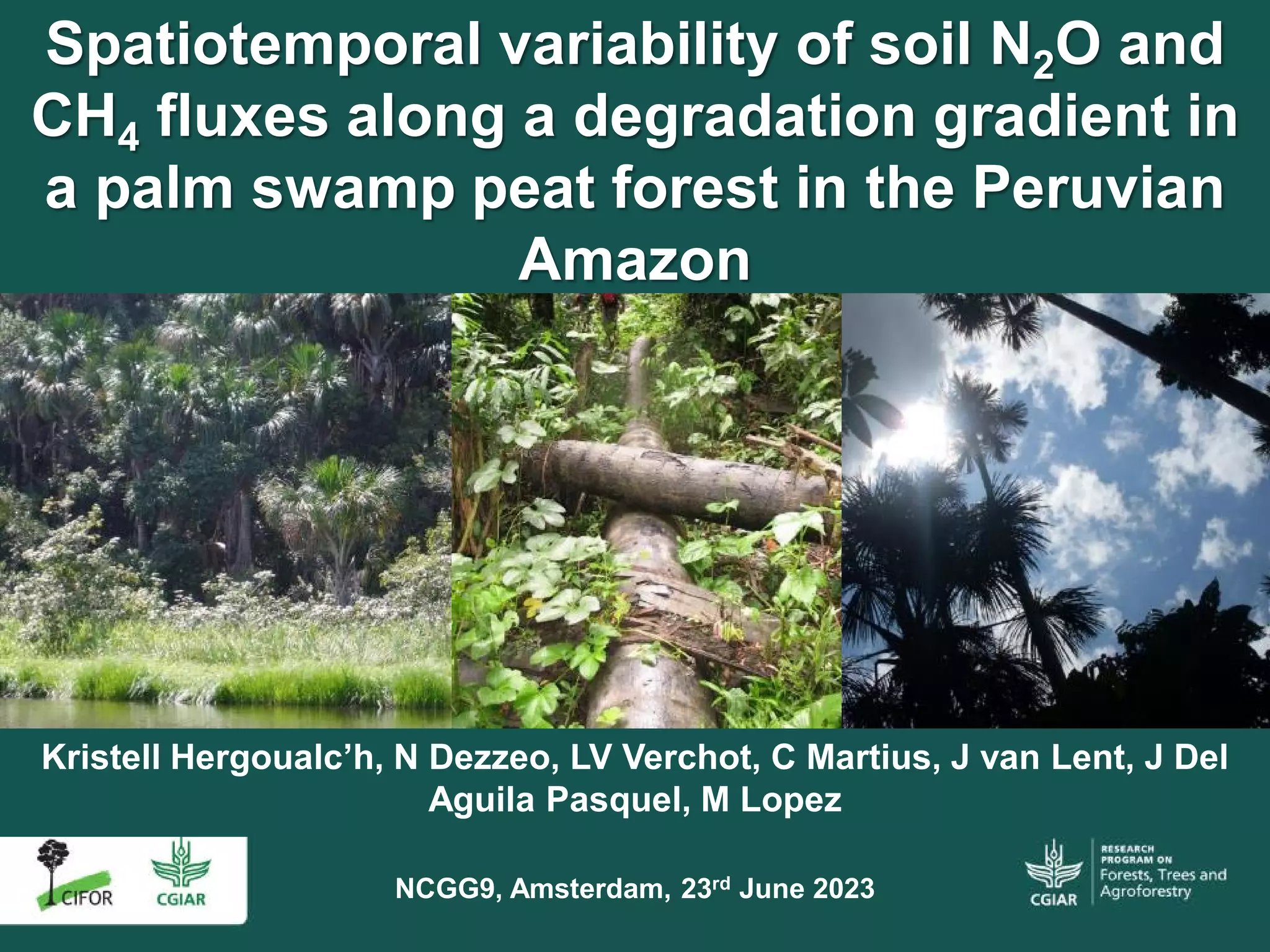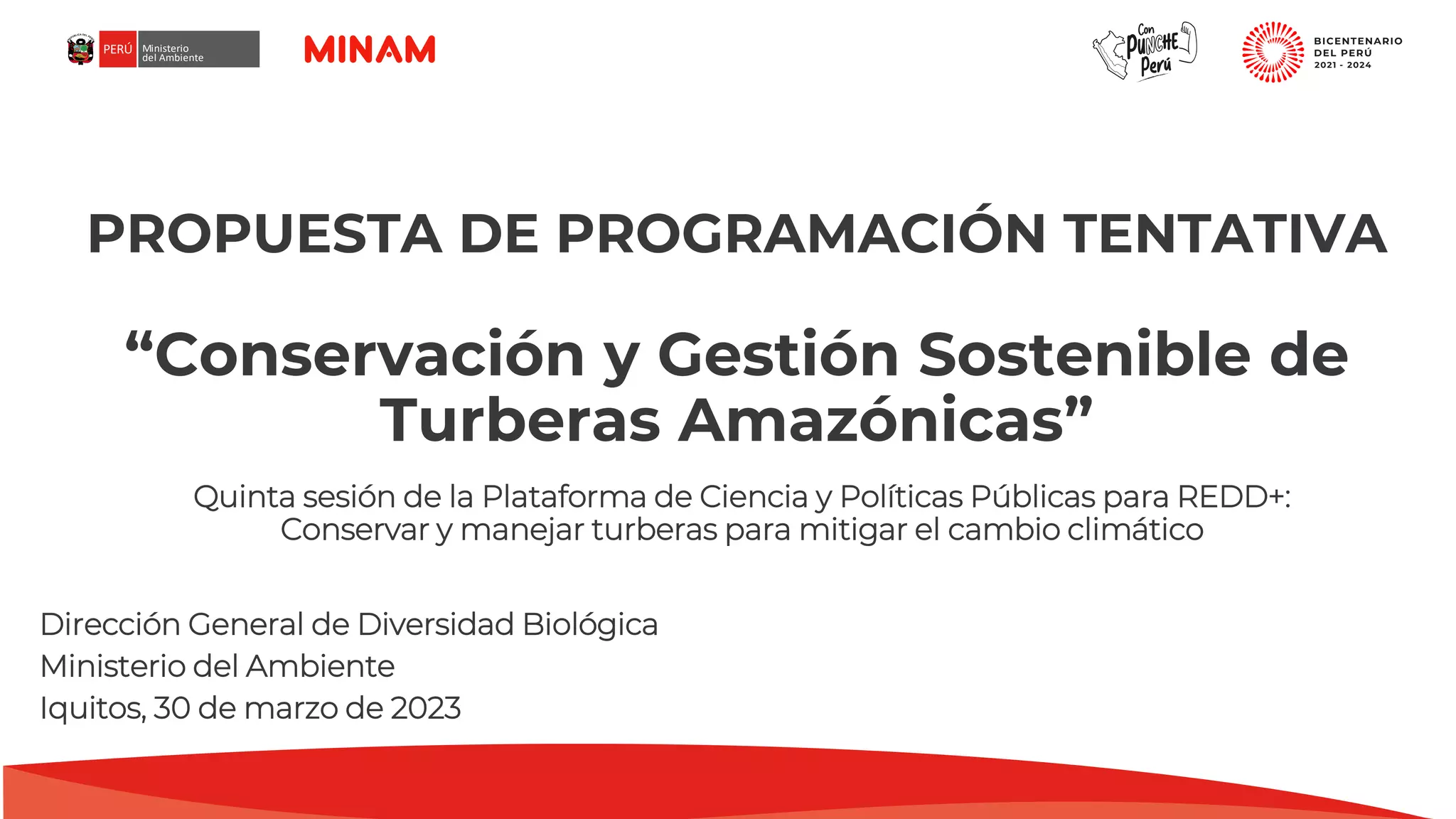
Fire events in tropical peatlands often relate to dry peat conditions associated with climate variability (drought) and anthropogenic-driven ecosystem degradation. However, drought is not the only driver of long-term fire events and peatland ecosystem changes. This study used palaeoecological and geochemical proxies to investigate the long-term drivers of charcoal influx to identify local fires and examine the associated responses to the tropical peatland ecosystem in Central Kalimantan, Indonesia. The results showed local fire events increased after 756 cal. yr BP, and possible drivers of charcoal influx include changes in sea level, increased frequency of El Niño events, increased biomass, and anthropogenically-driven ecosystem degradation. However, the vegetation composition showed changes since ∼2300 cal. yr BP from a mix of peat swamp forest (PSF) and open vegetation (OV) during the late Holocene (∼2300 to 1129 cal. yr BP), to predominantly PSF from 1128 to 375 cal. yr BP, dry lowland mixed with swamp forest (LMS) and open vegetation (OV) from 374 to 135 cal. yr BP, and predominantly OV and freshwater swamp forest (FSF) from 134 to −62 cal. yr BP. The possible drivers of the vegetation turnover were hydrological conditions and the availability of peat nutrients, while the vegetation turnover affected the accumulation and decomposition of recalcitrant organic matter in peat. The thresholds of the peatland ecosystems over longer-term timeframes provided the following restoration insights: 1) PSF species (i.e. Eurya and Ilex) showed high fire tolerance and increased in abundance up to charcoal influx threshold of ∼23 grains mm−2 cm−3 yr−1 while LMS and OV species increased up to a lower threshold of ∼13 grains mm−2 cm−3 yr−1before declining; 2) PSF species expanded during periods of wet conditions and high peat nutrients (i.e. TN - enriched); and 3) Future revegetation in the region can focus on tree taxa such as Euphorbiaceae, Arenga, Ficus, and Trema as they were historically able to thrive in fire events and dry hydrological conditions.
Download:
 file
file

- Authors: Ramdzan, K.N.M., Moss, P.T., Jacobsen, G., Gallego-Sala, A., Charman, D., Harrison, M.E., Page, S., Mishra, S., Wardle, D.A., Jaya, A., Aswandi;, Nasir, D., Yulianti, N.
- Subjects: charcoal, decomposition, drought, freshwater, organic matter, peat, peatlands, relative abundance
- Publication type: Journal Article
- Source: Palaeogeography, Palaeoclimatology, Palaeoecology 628: 111772
- Year: 2023
- DOI: https://doi.org/10.1016/j.palaeo.2023.111772
















